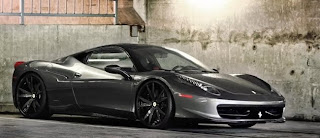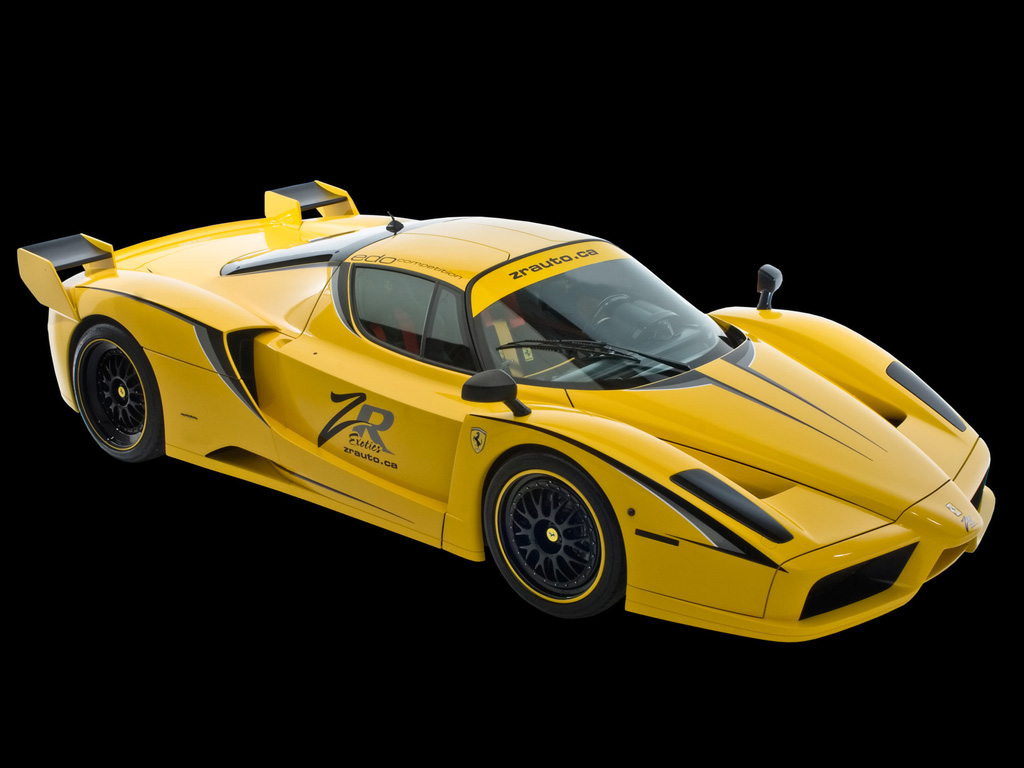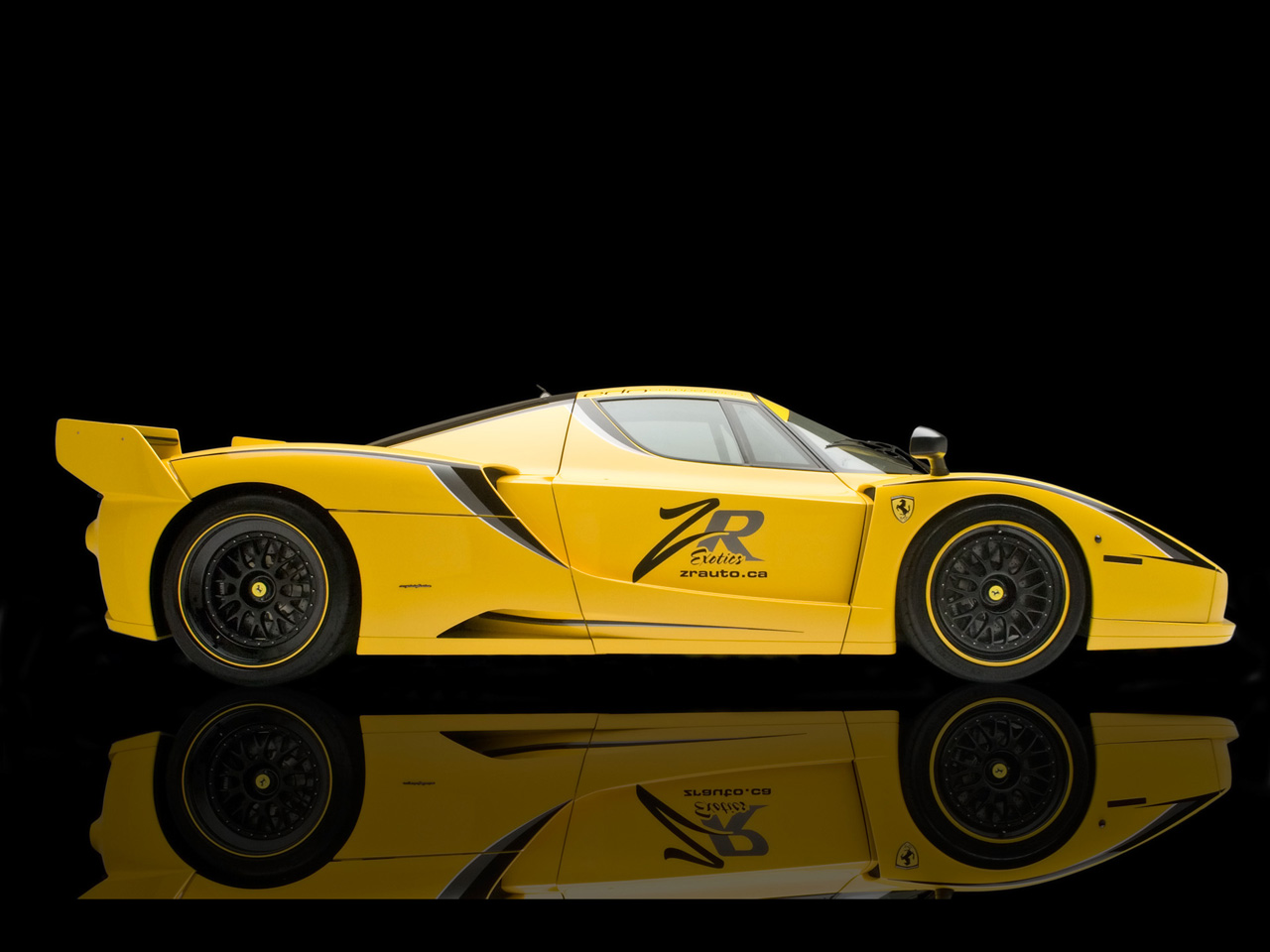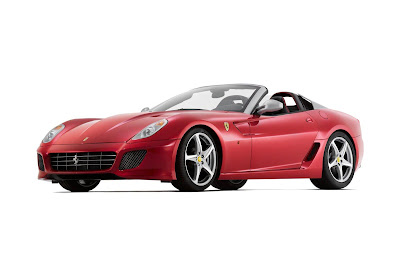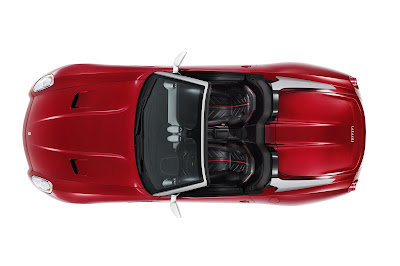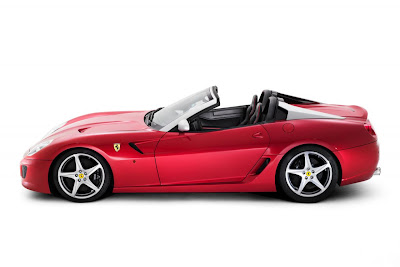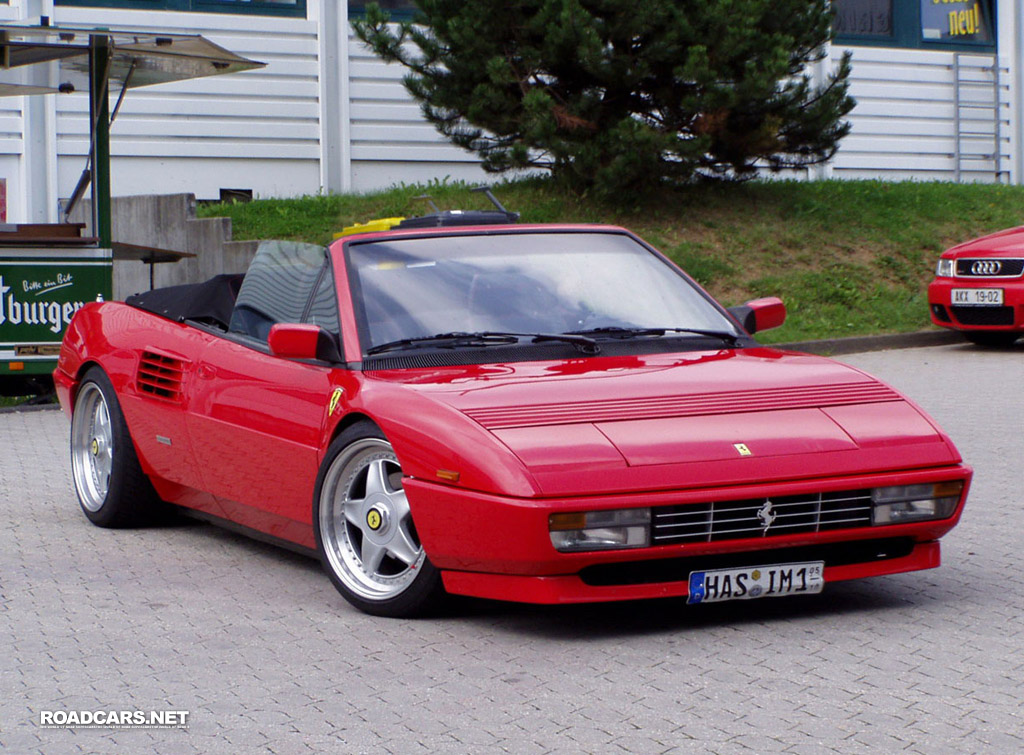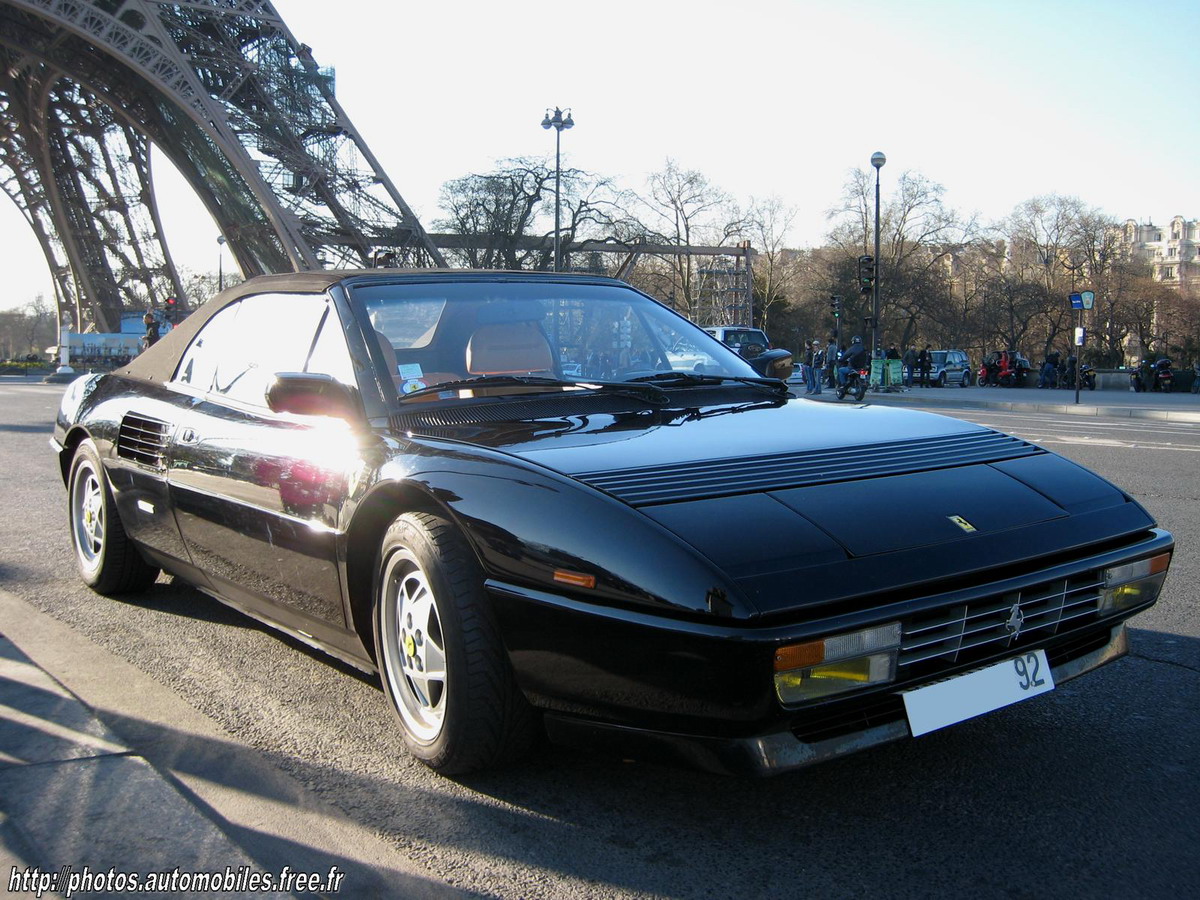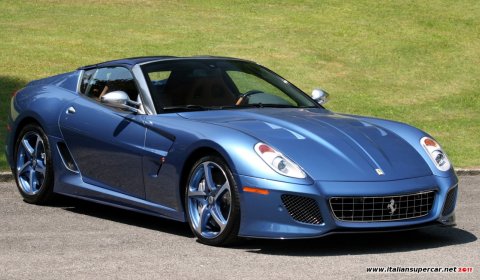 |
| 2011 Ferrari Superamerica 45 |
 |
| 2011 Ferrari Superamerica 45 |
 |
| 2011 Ferrari Superamerica 45 |
 |
| 2011 Ferrari Superamerica 45 |
Ferrari Superamerica 45 is a one-off prototype, so it may be the world’s most exclusive Ferrari, it is set to make its public debut at the Villa d’Este Concours in Italy on 20th May 2011.Ferrari has released few technical details on the Ferrari Superamerica 45, but it blends elements of the extreme open-top version of the current 599 and the 575M Superamerica,like the 575M Superamerica originally unveiled in 2003, the Ferrari Superamerica 45 gets a novel rotating one-piece roof section.
The Villa d’Este car gets versions of the SA APERTA’s rear buttresses – coloured in the bespoke Blu Antille paint, instead of metallic finish – and double air vents on the front wing. There’s also a unique chrome front grille, plus aluminium A-pillars, wing mirrors and door handles.
Other design features include body-coloured alloy wheels, with a diamond finish on the spokes, and a contrasting dark blue splitter, side skirts and rear diffuser. The main blue paint scheme is designed to match the shade of Kalikow’s 1961 400 Superamerica cabriolet.
Inside, there’s dark blue carbonfibre trim on the dashboard, and Cuoio (deep beige) leather. The boot has been carefully shaped to hide the arrangement when it is open, and is also made of lightweight carbon. The interior meanwhile is trimmed with a combination of Cuoio leather trim and Blu Scuro carbon fibre. It also gets the latest-generation touch-screen infotainment system.
The Superamerica 45 becomes the the latest appear at the Villa d’Este Concorso d’Eleganza. Hosted on the shores of Lake Como, Italy, it’s not the first time, Ferrari has chosen to use the Villa D’Este show to advertise its ability to build bespoke cars. The event was previously used to launch the Ferrari P4/5, created for financier James Glickenhaus.






